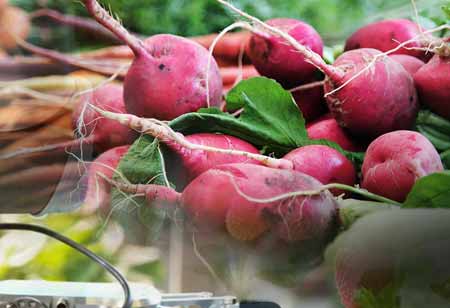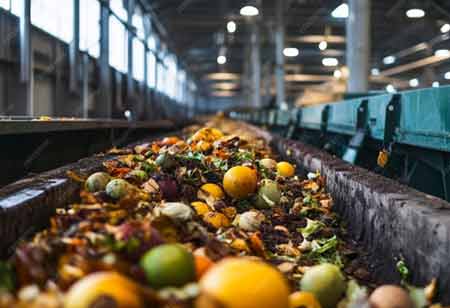THANK YOU FOR SUBSCRIBING
Be first to read the latest tech news, Industry Leader's Insights, and CIO interviews of medium and large enterprises exclusively from Food and Beverage Tech Review
How Will Poultry Plants Change In The Future?
With the approaching industry 4.0 paradigm as a backdrop, a future poultry processing facility could appear drastically different in 20 years.

By
Food and Beverages Tech Review | Monday, April 04, 2022
Stay ahead of the industry with exclusive feature stories on the top companies, expert insights and the latest news delivered straight to your inbox. Subscribe today.
The natural unpredictability, flexibility, and deformable qualities of poultry processing and the product's food safety and perishable nature have all been hurdles compared to traditional production.
FREMONT, CA: With the approaching industry 4.0 paradigm as a backdrop, a future poultry processing facility could appear drastically different in 20 years. While the poultry industry's automation is considered advanced in comparison to other animal protein manufacturing/processing processes, closer analysis reveals that the basic processing activities have remained essentially unaltered for the previous 50 years. They are made up of a jumble of old tools and processes that have been updated with modern materials and unit process technology.
The ‘lot size of one’ notion will very certainly be central to any future processing plant. The natural unpredictability, flexibility, and deformable qualities of poultry processing and the product's food safety and perishable nature have all been hurdles compared to traditional production. These have been significant roadblocks in automating desired throughput, yield, and quality measurements. Many of these issues can be overcome under the industry 4.0 model, where each carcass is completely scanned and then processed as a single unit or lot.
Consider a networked array of sensors/cameras linked to high-performance cloud computing resources that can develop unique cutting paths for a single carcass in real-time. This data is then supplied into a single work cell with multiple robots that are coordinated to perform the appropriate carcass manipulation and cutting operations. The carcass is fed into the work cell, and the intended products and separated frames and entrails are the outputs.
Consider the fact that hundreds of these work cells are now running simultaneously (much like 3D printers) to generate a wide range of goods based on what optimizes quality and production for those carcasses. Production adjustments are readily delivered to the robotic work cells as new software commands depending on current output demands. The flexibility of making products for numerous end customers becomes more of a reality in this manner, and expanding manufacturing capacity is as simple as adding or removing work cells on the production floor.
I agree We use cookies on this website to enhance your user experience. By clicking any link on this page you are giving your consent for us to set cookies. More info


However, if you would like to share the information in this article, you may use the link below:
https://www.fbtechreviewapac.com/news/how-will-poultry-plants-change-in-the-future-nwid-1253.html





